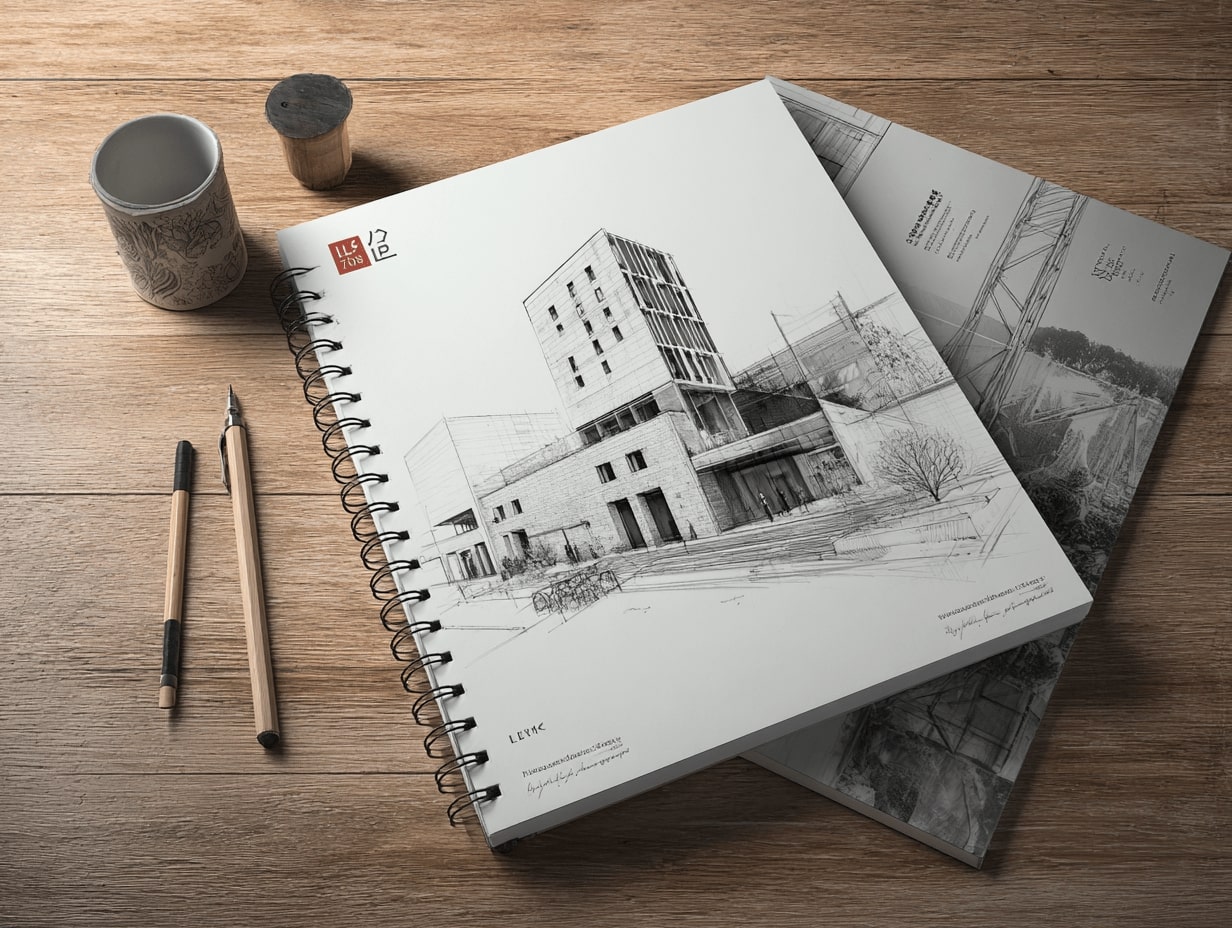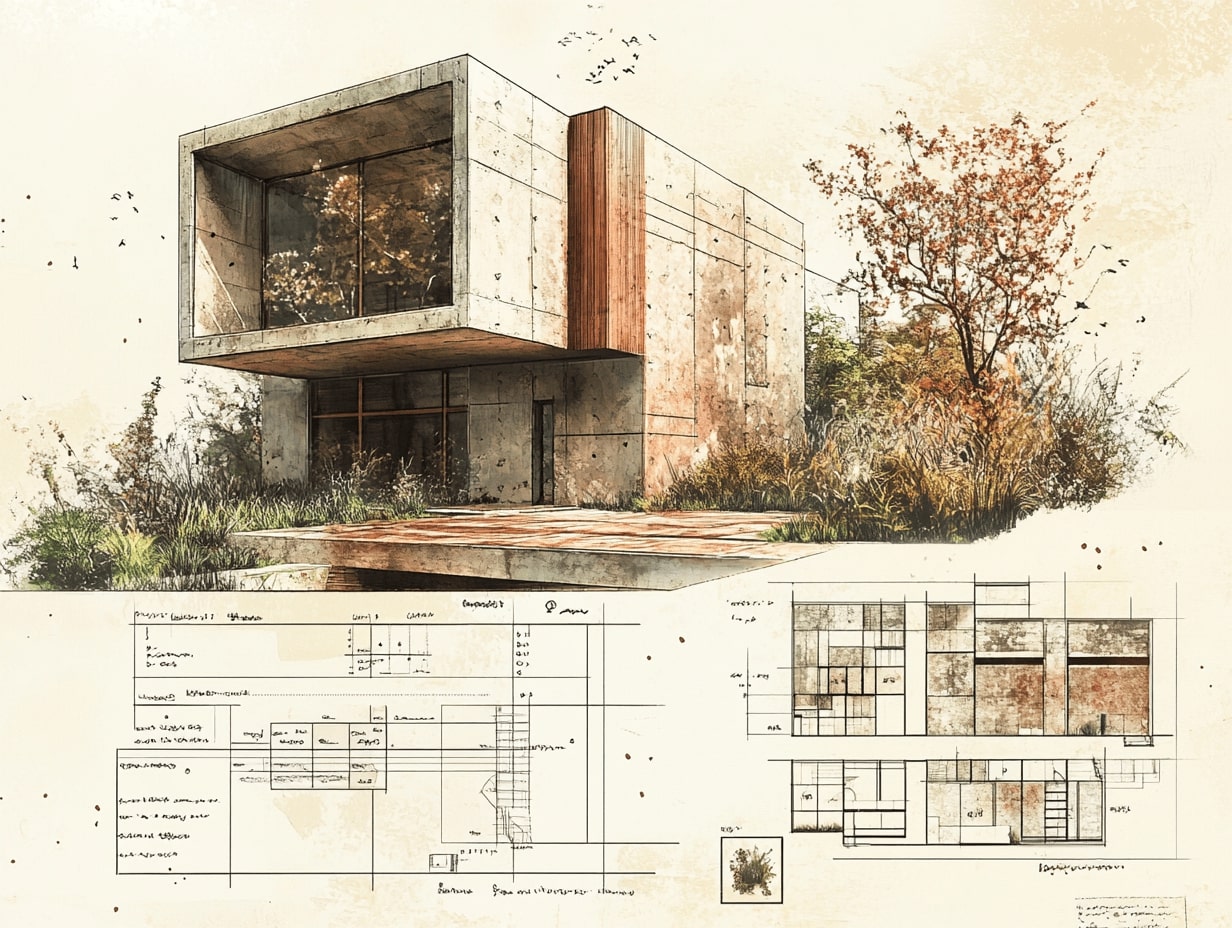- Home
- Articles
- Architectural Portfolio
- Architectral Presentation
- Inspirational Stories
- Architecture News
- Visualization
- BIM Industry
- Facade Design
- Parametric Design
- Career
- Landscape Architecture
- Construction
- Artificial Intelligence
- Sketching
- Design Softwares
- Diagrams
- Writing
- Architectural Tips
- Sustainability
- Courses
- Concept
- Technology
- History & Heritage
- Future of Architecture
- Guides & How-To
- Art & Culture
- Projects
- Interior Design
- Competitions
- Jobs
- Store
- Tools
- More
- Home
- Articles
- Architectural Portfolio
- Architectral Presentation
- Inspirational Stories
- Architecture News
- Visualization
- BIM Industry
- Facade Design
- Parametric Design
- Career
- Landscape Architecture
- Construction
- Artificial Intelligence
- Sketching
- Design Softwares
- Diagrams
- Writing
- Architectural Tips
- Sustainability
- Courses
- Concept
- Technology
- History & Heritage
- Future of Architecture
- Guides & How-To
- Art & Culture
- Projects
- Interior Design
- Competitions
- Jobs
- Store
- Tools
- More
Ultimate Architecture Resume Guide: Tips to Land Your Dream Job
Create an architecture resume that stands out! This guide covers everything from showcasing creativity and technical skills to avoiding common mistakes. Learn how to tailor your resume for specific roles, highlight key achievements, and use tools like design software and portfolio platforms to impress hiring managers.

Crafting a standout architecture resume can feel like designing a blueprint for your career. It’s not just about listing qualifications; it’s about showcasing creativity, technical expertise, and the ability to bring visions to life. In a competitive field like architecture, our resumes need to reflect both artistic flair and professional precision.
Whether we’re recent graduates or seasoned architects, tailoring our resumes to highlight key skills and accomplishments is essential. Employers look for more than just experience—they want to see how we solve problems, collaborate, and innovate. By structuring our resumes strategically, we can make a lasting impression and land those dream opportunities.

Table of Contents
ToggleWhy You Need An Effective Architecture Resume
An effective architecture resume creates a strong first impression on potential employers. Employers often review dozens of applications, so a well-crafted resume helps us stand out by highlighting our unique qualifications, achievements, and design expertise.
It showcases our ability to balance technical proficiency and creative vision. Architecture demands precision, innovation, and collaboration, and an effective resume reflects these qualities through clear descriptions of our skills, such as CAD software proficiency, project management, or sustainable design experience.
It communicates our professional narrative efficiently. By tailoring resumes to specific roles, we demonstrate an understanding of the employer’s needs, emphasizing relevant accomplishments like completing large-scale projects, managing budgets, or collaborating with multi-disciplinary teams.
It increases our chances of progression in competitive recruitment processes. A well-structured resume ensures essential information, such as certifications (LEED accreditation, AIA membership) and portfolio links, is easily accessible, improving employer engagement and interest.
It positions us as capable professionals in the field. Whether we’re entry-level candidates or seasoned architects, an effective resume reinforces our brand and highlights our ability to bring value to prospective projects.

Key Components Of An Architecture Resume
Every architecture resume must combine essential details with a clear, concise structure to highlight expertise and accomplishments. Let’s cover the primary sections that make up an effective architecture resume.
Contact Information And Professional Summary
Provide complete and up-to-date contact details at the top of the resume. Include your full name, phone number, email address, and LinkedIn profile. For added relevance, include links to your portfolio or personal website showcasing your design work.
Write a professional summary in 2-3 sentences to introduce your qualifications and career focus. Emphasize your role as an architect, key expertise areas, such as sustainable design or project management, and notable achievements, like directing complex urban planning projects.
Skills And Technical Expertise
List relevant skills and technical proficiencies used in the field of architecture. Separate these into categories, such as design software, project management, and drafting techniques. For example, mention AutoCAD, Revit, SketchUp, and V-Ray under design software. Include soft skills like team collaboration, budgeting, or client communication if applicable.
Highlight industry-specific expertise, such as proficiency in building codes, construction documentation, or sustainable architectural solutions. This demonstrates both technical and practical knowledge critical to prospective employers.
Education And Certifications
Include formal education with architecture degrees, such as a Bachelor of Architecture (B.Arch) or Master of Architecture (M.Arch). Mention the institution’s name, the year of graduation, and any honors if received.
Add certifications that enhance your qualifications, such as LEED Accreditation, NCARB licensure, or specialized training in advanced design methodologies. For international relevance, list equivalent credentials like RIBA qualification.
Work Experience And Portfolio
Summarize professional experience by listing recent architecture roles in reverse-chronological order. State the job title, organization, location, and employment dates for each role. Use bullet points to describe responsibilities, focusing on accomplishments, like leading design projects, producing construction documents, or coordinating with consultants.
Include a link to your portfolio featuring selected projects displaying your range of design and technical skills. For instance, showcase 3D renderings, completed structures, or competition entries to provide evidence of your ability to execute creative and functional designs.

Tips For Writing A Compelling Architecture Resume
Creating a compelling architecture resume requires strategic customization and polished presentation. Focus on aligning your resume with specific job requirements, showcasing achievements, and maintaining a professional format.
Tailor Your Resume To The Job Description
We align the content of our resumes with the specific responsibilities and skills noted in the job description. For example, if the role emphasizes proficiency in BIM software or sustainable design, we prioritize these qualifications within the skills and experience sections. Including industry-specific keywords ensures compatibility with applicant tracking systems. By customizing for each role, we highlight our alignment with the employer’s needs.
Highlight Relevant Achievements
We emphasize measurable accomplishments to demonstrate our impact and capabilities. For instance, if we managed a $2M commercial project, completed a LEED-certified building, or improved design efficiency by 15%, these achievements take precedence. Quantifiable data provides hiring managers with a clear understanding of our contributions. Incorporating relevant metrics builds credibility and professionalism.
Use Clear And Professional Formatting
We maintain a clean and structured layout that ensures easy readability. Standard fonts like Arial or Calibri at 10-12 pt size, along with bold headers, create a visually appealing format. Proper sectioning with bullet points organizes information effectively, while consistent spacing keeps the document uncluttered. For digital resumes, including links to portfolios simplifies access to work samples and complements the professional design.
Common Mistakes To Avoid
Avoiding common mistakes can ensure an architecture resume is polished, professional, and impactful. These errors can undermine a candidate’s qualifications and diminish their chances of standing out.
Overloading With Information
Including excessive details overwhelms the reader and detracts from key qualifications. Employers review dozens of resumes, prioritizing concise and relevant content. Instead of listing every project or skill, we should focus on accomplishments most aligned with the job description, such as successful project management or mastery of CAD software. Tailoring content ensures the resume remains targeted and impactful.
Neglecting Proofreading
Submitting a resume with errors projects a lack of attention to detail. Spelling mistakes, grammatical issues, or formatting inconsistencies can create a negative impression, especially in architecture, where precision is crucial. We recommend reviewing the document multiple times and using tools like Grammarly or consulting peers for feedback. A polished resume reflects professionalism and meticulousness.

Top Tools And Resources For Creating An Architecture Resume
Design Software For Visual Impact
Graphic design tools like Adobe InDesign and Canva help us create visually appealing and professionally formatted resumes. These platforms allow for customization, ensuring unique layouts that reflect our personal design aesthetic while keeping information organized.
Resume Templates
Modern resume templates from platforms such as Envato Elements and Etsy offer pre-designed formats tailored to architectural professionals. These templates often include sections for technical skills, project highlights, and portfolio links, saving us time on formatting.
Online Resume Builders
Web-based resume builders, including Zety and Novoresume, provide step-by-step guidance for structuring resumes. These tools streamline content creation and offer industry-specific suggestions, ensuring our resumes remain focused and clear.
Portfolio Platforms
Hosting portfolios on sites like Behance and Archinect allows us to showcase a broader range of work alongside our resumes. Including a direct link to an up-to-date portfolio strengthens our application by providing additional context on our capabilities.
Skills Assessment Tools
Skills evaluation platforms like LinkedIn Skills Assessments and Coursera certification programs help us verify expertise in software like AutoCAD and Revit. Adding these to our resumes demonstrates verified proficiency in critical technical tools.

Proofreading Tools
Free tools such as Grammarly and Hemingway Editor ensure our resumes remain free of grammatical and stylistic errors. These platforms simplify editing, helping us produce polished and professional documents.
Industry-Specific Blogs
Architecture-focused blogs like Life of an Architect and Architectural Digest offer insights into current trends and employer preferences. Gaining knowledge from these resources helps us align our resumes with industry standards.
Networking Resources
LinkedIn and AIA’s membership portal connect us with professionals who can offer feedback or share opportunities. Leveraging these networks enhances our resume’s reach and ensures we remain visible to relevant recruiters.
Conclusion
Creating a strong architecture resume combines strategic content with professional presentation. By focusing on key qualifications, aligning achievements with desired roles, and showcasing design expertise through portfolios, we can effectively capture attention in a competitive job market. Leveraging tools like design software, modern resume templates, and proofreading resources ensures resumes are polished and visually appealing. Avoiding common mistakes like excessive detail and errors strengthens professionalism, while networking platforms expand our opportunities. A tailored, well-crafted resume establishes us as capable, innovative contributors to any architectural project.
- architect CV tips
- architect job application
- architect resume examples
- architect resume formatting
- architecture career advice
- architecture cover letter tips
- architecture employment guide
- architecture job interview preparation
- architecture job search strategies
- architecture resume guide
- architecture resume tips
- architecture resume writing tips
- best architect resumes
- crafting an architect resume
- dream job in architecture
- how to write an architect resume
- land architect job
- resume tips for architects
- successful architecture resumes
- winning architecture resume
illustrarch is your daily dose of architecture. Leading community designed for all lovers of illustration and #drawing.
Submit your architectural projects
Follow these steps for submission your project. Submission FormLatest Posts
Digital Marketing: The New Portfolio for Showcasing Skills and Attracting Opportunities
Discover how digital marketing has revolutionized the traditional portfolio in today's fast-paced...
Essential Tips for a Good Architecture Portfolio to Impress Employers and Clients
Unlock your architectural potential with our essential tips for crafting a standout...
How to Stage a House for an Architectural Portfolio Shoot
A house might look beautiful in person, but through a lens? That’s...
The Process Behind a Successful Architecture Portfolio: Tips for Design and Presentation
Discover the art and strategy behind building a standout architecture portfolio. Learn...












Leave a comment